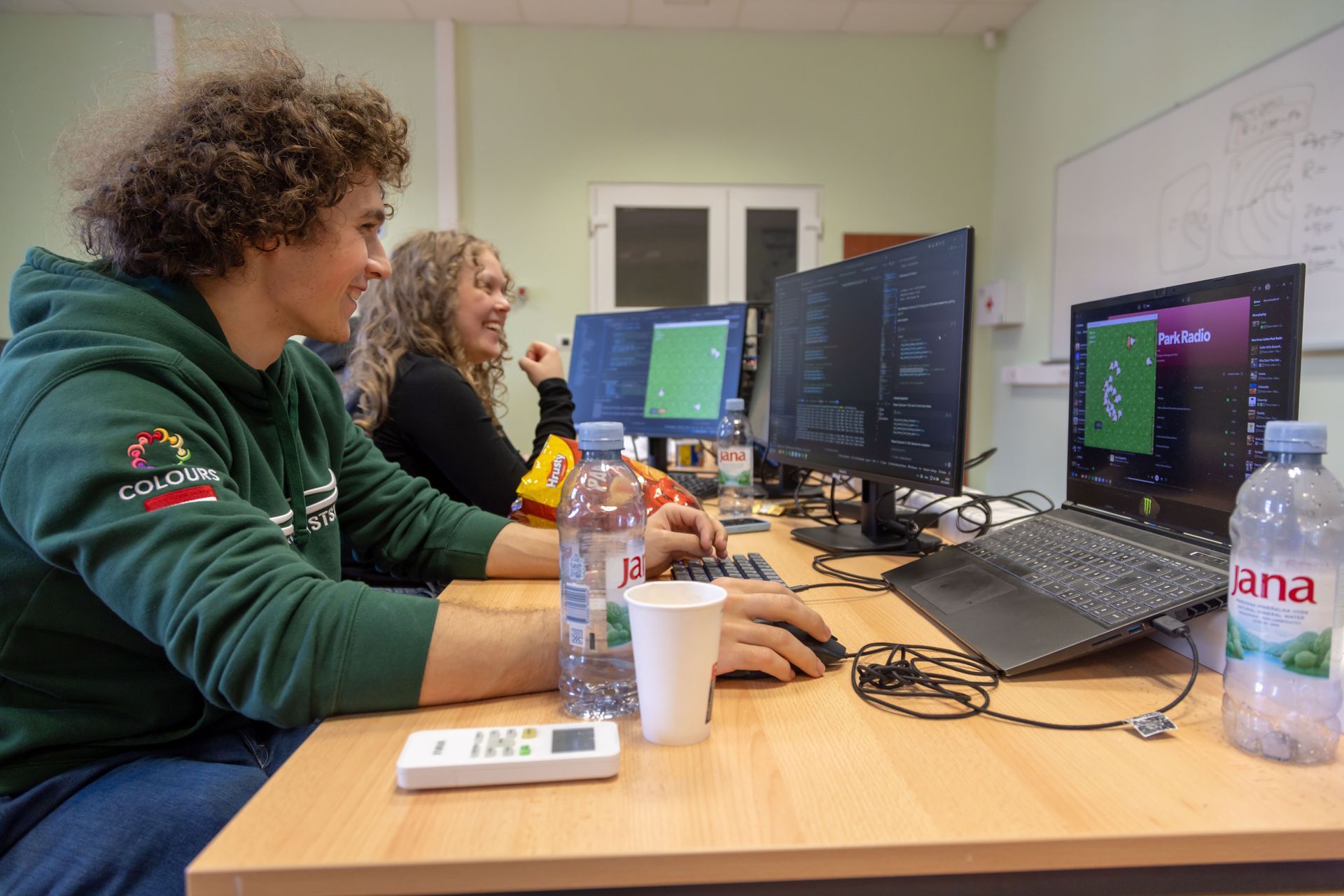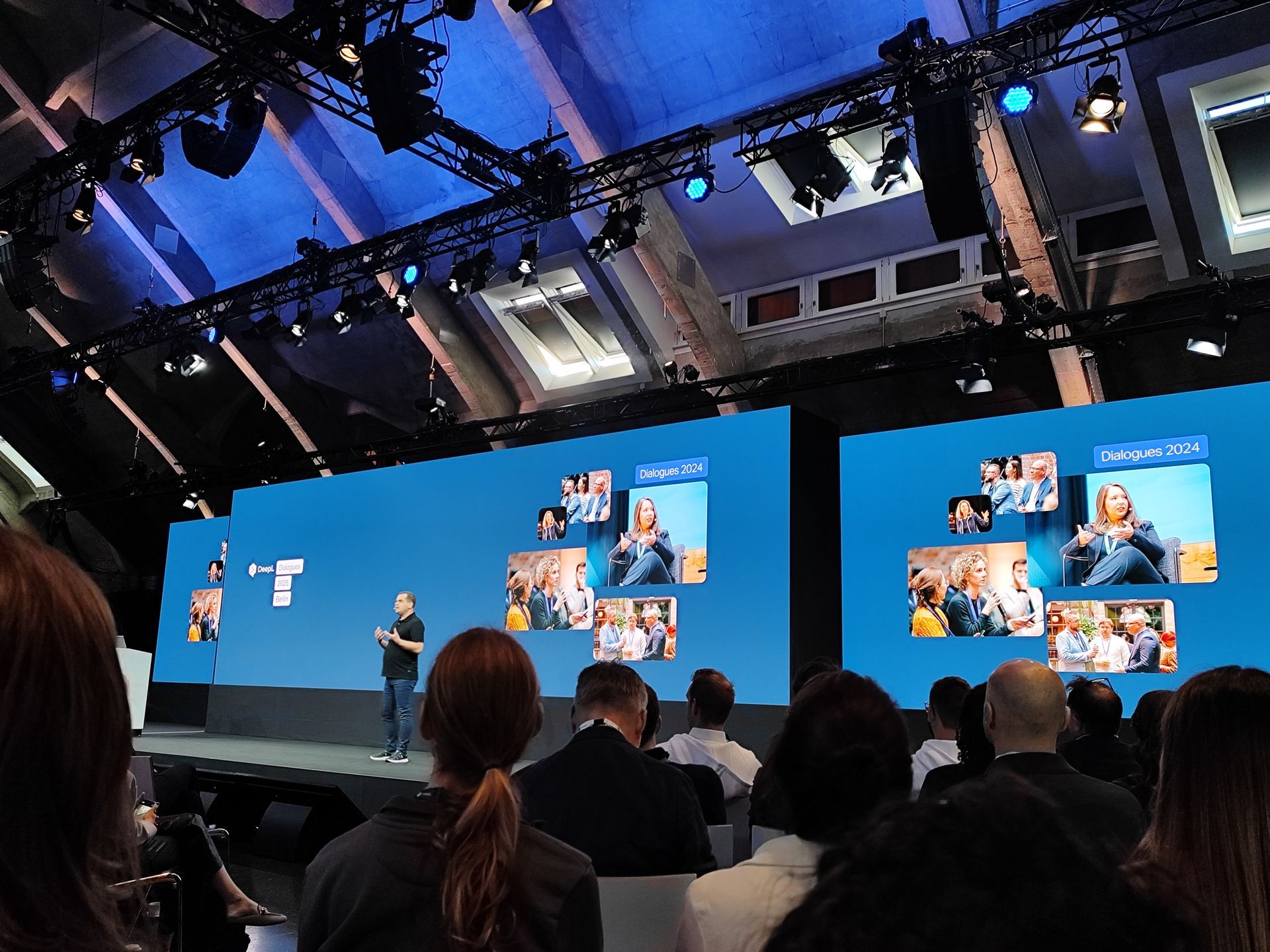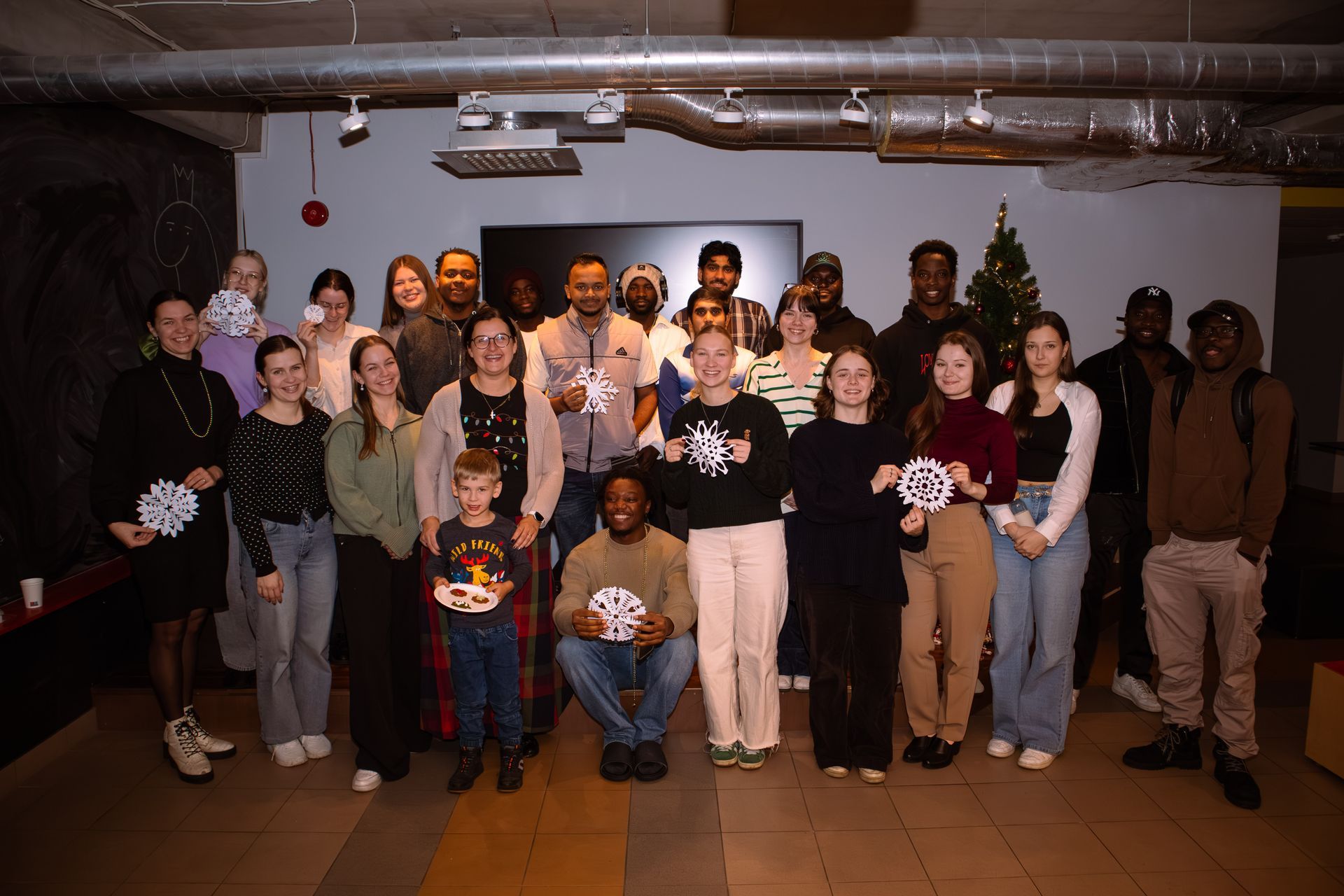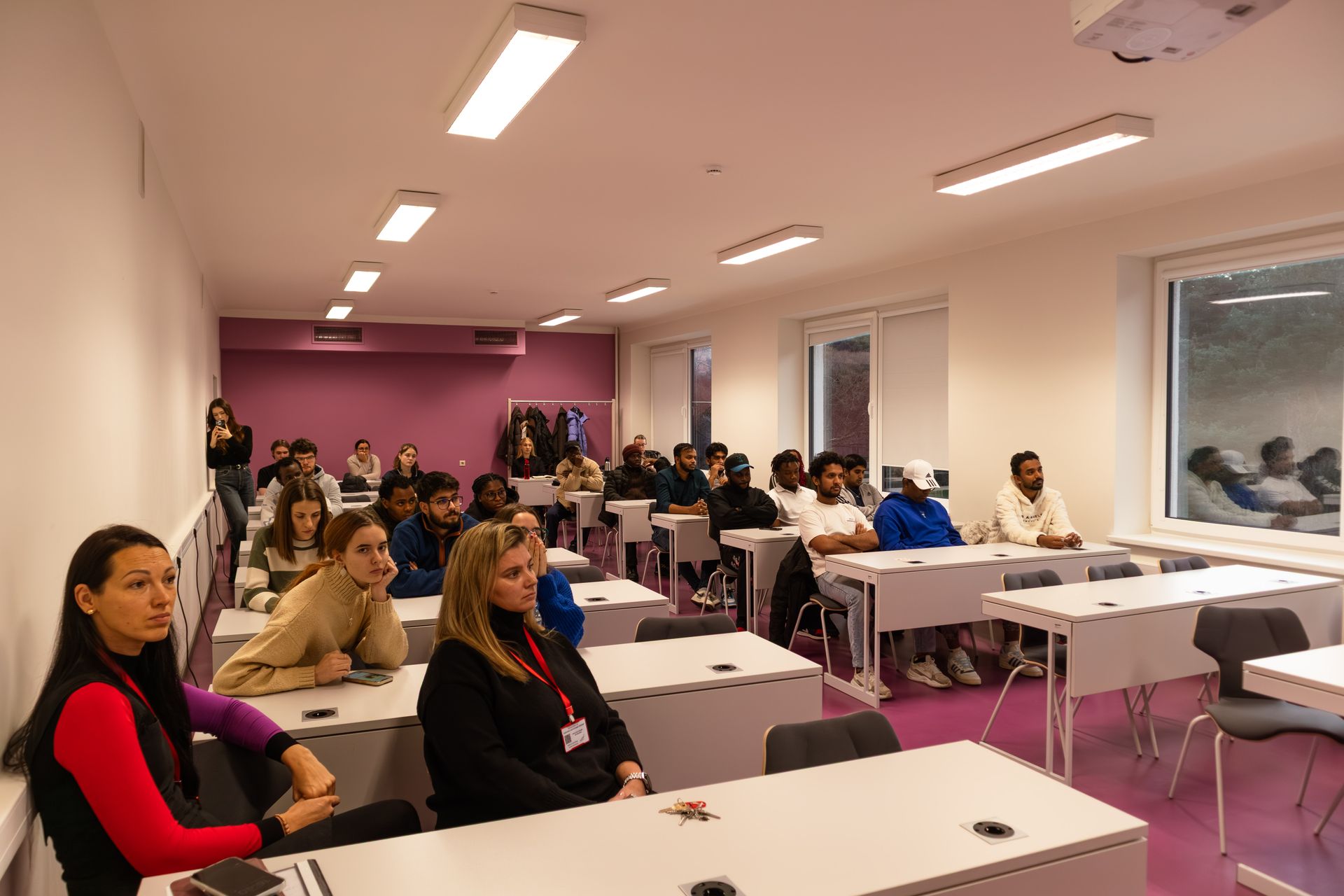From Japan to Latvia - Momoka’s daily life in Ventspils
This year as a Latvian culture enthusiast Momoka from Japan has had the opportunity to fully emerge in Latvian culture. She dances in a folk dance group and she sings in an ensemble and a choir. It can be challenging to move abroad and start a life in a new country, however Momoka has kept herself busy and also has had time to explore the city while studying in the master's study programme “Strategic Intercultural Communication” and today she shares her story with us.
Could you tell us a little bit about yourself?
My name is Momoka Kashida and I come from the west side of Japan. I got my bachelors degree in the Yokohama National University almost 3 years ago already. After graduation I decided to pursue my studies in a university in Germany, but I ended up not graduating, because during that year I decided to go to a university in Latvia and that is when I found VUAS.
How did you decide to come to Ventspils?
I applied a bit late only in August, that was the time when they were accepting additional applications. I had to choose between Ventspils University of Applied Sciences and University of Latvia. Ventspils offered a calm lifestyle and I felt that the capital might be a bit too crowded for me, that is why the choice was VUAS.
Were there any expectations that you had before coming to Latvia?
This is my first time living in Latvia, however I had already known about it since 2017 and also it is my 9th time visiting this country. Interesting fact is that in Japan there are some people that really enjoy Latvian culture. If I compare the weather from my hometown and here it is a bit warmer back home, but there difference is not as noticeable and I also prefer cooler weather that is why I enjoy the snow a lot. It also does not snow that much in my hometown, maybe only once a year.
What have you enjoyed the most here in Ventspils?
At the moment I am very culturally active - I sing in a choir, I dance in a latvian folk dance group and also I participate in an ensemble. Almost every day I have something to do and I really enjoy it. Of course I also enjoy going to the beach. I would say that that is my favorite place here. It is great that there are so many nice places to go for walks. I also enjoy the Ventspils old town, the vintage architecture near the Venta or the “Jūras vārti” is really great. I actually once danced with my folk dance group in a concert at “Jūras vārti”.
How do you feel here at VUAS?
I have studied in two universities already, but here in VUAS I can feel that students, professors and administration all together are a lot closer. It is easier to get to know each other and to make friends with other international students and coursemates. The environment gives me the chance to learn the subjects better and more in depth. It is a lot easier to ask questions and also express opinions during classes.
The size of the university is definitely a huge plus. The professors are friendly and really motivated to give their classes. The administration is also very welcoming and it is always easy to reach out and ask questions. Since I am a foreigner I have a lot of questions regarding, well, everything. That is why the support is really important.
Share on other platforms
Other news







